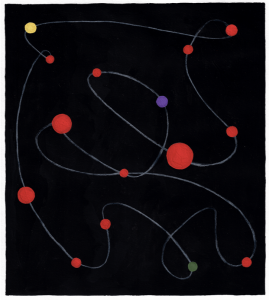Eleonora Usseglio Prinsi interviews some of the key designers from London Design Week, Faye TooGood, Michael Anastassiades and Benjamin Hubert as well as with up-and-coming designers JAILmake and Invisible city. Photography Jasper Fry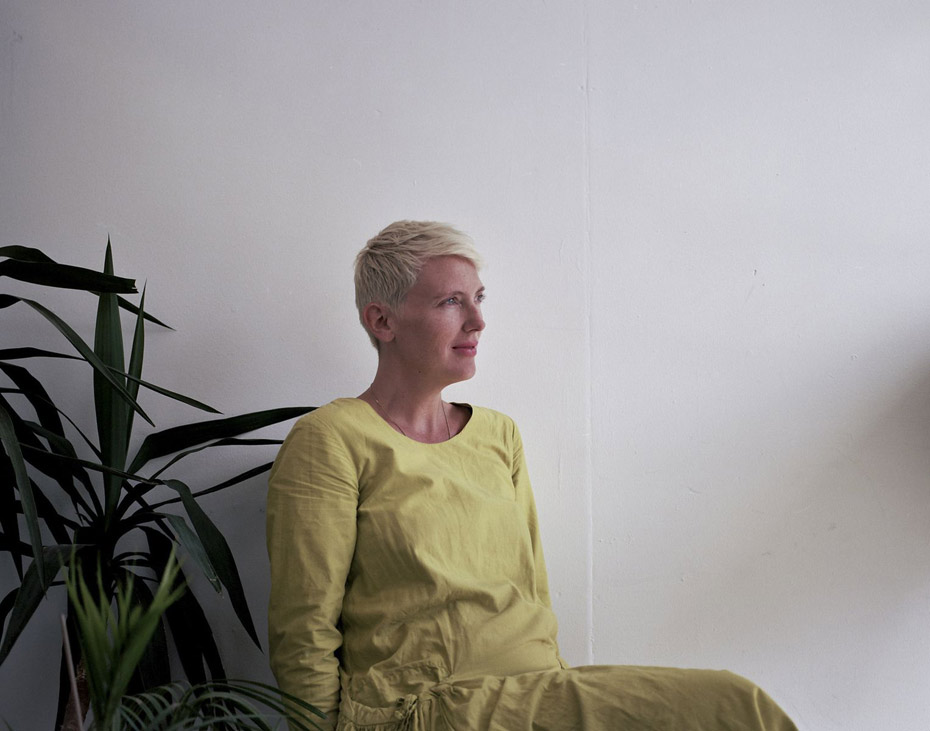
FayeToogood.com
—
Where
The Back Room at
Toogood Studio,
1 Baldwin Terrace
Covent Garden at
7 Dials Exhibition
Designs on Chocolate
—
What
BATCH Collection
What do you think the role of the UK is within the design panorama?
The UK, both in terms of furniture and fashion has always had the ability to lead when it comes to design. I generally think that British design is not afraid to be individual or free. We have a unique and underlying sense of humor, thirst for subculture and a desire for experimentation, which is perhaps more potent that other countries. I think at the moment we are witnessing a turning point in British design. Designers are learning how to self-make (craft) but also how to manufacture and industrilis craftsmanship on our doorstep again. This will bring great change to British design.
What do you think is a good example of design?
Anything designed by Achille Castiglioni. The Italian industrial designer was inspired by industrial, everyday materials and preferred to use a minimal amount of materials to create forms with maximal effect. The Snoopy Lamp – one of my favourite pieces — designed in 1967, which was indeed inspired by the cartoon character. It has a marble base, which stabilises an egg-shaped metal and glass shade. Objects that leave an impression on our memory invariably have a strong form or outline, and Castiglioni mastered that.
![]() What thing has most influenced your work?
What thing has most influenced your work?
Geometry. I like the simplicity and order that geometry gives me. Geometry is my starting point – I see things in shapes and assemblages of shapes.
Do you think that the future of the design lies with bespoke pieces for the few, or mass productions that allow to everybody to be closer to good design?
Both and neither. I think the Limited editions versus mass produced argument is almost an outdated one. Limited editions are relevant to the history of design and mass produced is not sustainable or economically viable for a designer. I think the resurgence of the individual and small collectives applying their own skills to produce, make, manufacture and sell direct is the way forward. 
Limited edition pieces that are handcrafted enable an industrial, product or furniture designer – much like a fashion designer working in the world of couture – to be experimental, to be radical and to be free of commercial shackles. For a designer to have the opportunity to work with materials that would ordinarily be prohibitive on a mass-produced market or to create something that questions our notions of what is function, is very important to the history of design. Somehow in art and in fashion there is an acceptance of this – but for industrial, product and furniture designers it has almost been frowned upon to be working in this way. The design world needs limited editions to question, to move things on, to explore new technologies and even rediscover old methods of working. It is not just about feeding the pockets of the rich and merely providing works for a market – it is one of the ways we define our decade, our history and in the end influences how we all experience design.
Mass Produced design in my opinion is increasingly becoming irrelevant. I feel I need to shout up for designers in this moment – it is tough out there to make a living from furniture and design. Designers have to either take opportunities that arise within the industry and suffer financially at the mercy of big brands who implement unfeasibly small royalties or attempt to make their own way. I think designers – much like the farmers in this country – can take back some control.

Who is the master that most inspires your work?
Masters plural please – I can’t pick just one.
The geometry of Barbara Hepworth.
The darkness of Louise Bourgeois.
The polymathic approach of Picasso.
The romance of Pierre Soulages.
In your opinion, what’s the key to design longevity, e.g. what makes some pieces iconic in the design world rather than just expressing the style of a season?
Producing the unexpected while defining the spirit of the decade. An object or piece of design has longevity through connecting with its current audience on a number of levels: through shape, materialisation and context. I think that if an object can successfully combine function with a reflection of the future whilst some how pressing a button to reference the past – without offering a pastiche – then it will have relevance and therefore longevity
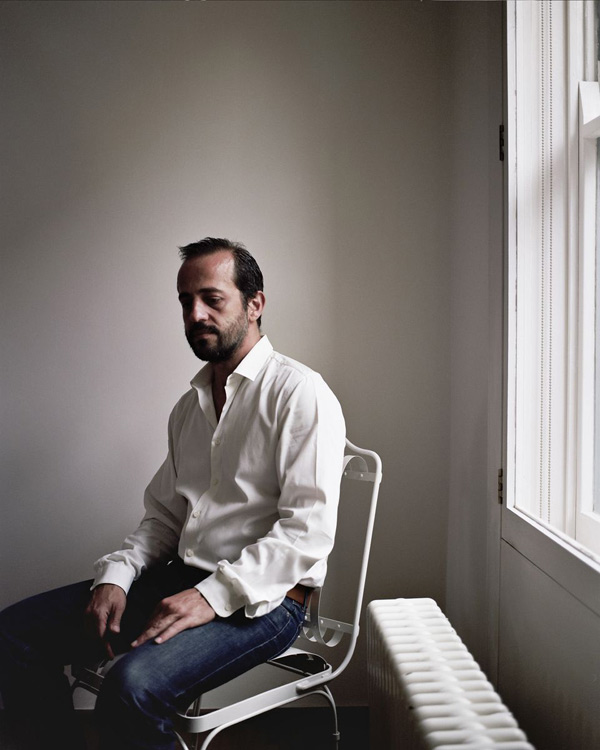
michaelanastassiades.com
—
Where
Michael Anastassiades
New Shops
122 Lower Marsh
KOPIASTE,
Design Marketo
What
IC Lights and 4-Phase mirrors
What do you think the role of the UK is within the design panorama?
With British manufacturing existing only as a romantic notion, I think it’s better to refer to London as a centre for design activity rather than the UK in general. It is almost ironic to have quite a high concentration of designers in a place where there is hardly any industry left, but with accessibility to global fabrication this is no longer a requirement. Design itself has also become a global practice, but London is an international cultural environment and creatively, this is an interesting place to be.
What do you think is a good example of design?
A good example of design is one that manages to survive throughout the years until the point where it becomes such a big part of our daily lives, that its designer is no longer relevant. This anonymity is the biggest complement that a designer could ever receive.
What thing has most influenced your work?
I would like to refer to ‘subtraction’ (not to be confused with minimalism) as a principle that has most influenced my work. The idea that you can remove as much from a design to the point that only the bare essentials remain for it to work. And I don’t refer to ‘work’ meaning ‘function’ but more to a balanced state of existence. I admire an object with a beautiful sense of proportion.

Do you think that the future of the design lies with bespoke pieces for the few, or mass productions which allow to everybody to be closer to good design?
I think you can be close to good design whether an object is mass-produced or bespoke. With the expansion of the Internet one can have immediate access to good design as a viewer without necessarily owning a piece. Of course it is true that sometimes living with something gives you a much better appreciation for it, but the information about a new design can be near enough rewarding. For me, the choice over bespoke or mass production is purely a matter of economics. Sometimes you cannot produce an object in mass numbers, purely because there might not be a market for it. Also, access to the mass manufacturing industry can be difficult and this should not stop a good design from becoming available.
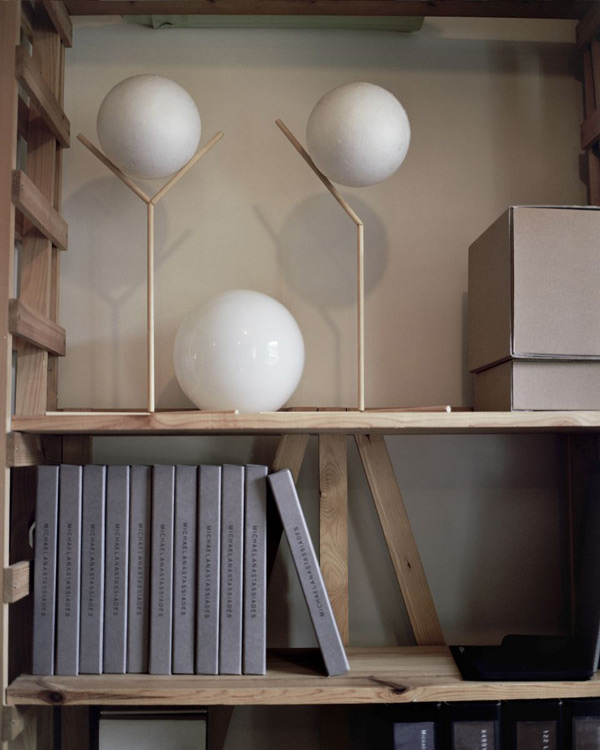
Who is the master that most inspires your work?
There has never been one master that inspired me but many creative people from different disciplines. For me it is about one’s determination and persistence and above all the ability to remain true to their original vision.

benjaminhubert.co.uk
—
Where
Trashmade, Design Junction
—
What
Construction Site: Pelt chair
and Bow collection
for De La Espada,
and Tenda, an experimental
lamp.
What do you think the role of the UK is within the design panorama?
I think that design is a universal thing. I don’t think is necessarily tied to a country. I am not sure ‘nation’ has a role in design. People do, but I am not sure a place does, particularly with regards to the UK — London is so cosmopolitan , I don’t think that the national identity of the UK [as a whole] really impacts on design .
What do you think is a good example of design?
Anything that works really well! It has to be functional, have great performance and be something that has been visually considered, and look refined. But design is also so subjective; a good piece of design for one person is different to the next person’s.
What thing has most influenced your work?
Factories, workshop and materials influence my work most… Or where I find and research material forms the starting point of my work.
Do you think that the future of the design lies with bespoke pieces for the few, or mass productions which allow to everybody to be closer to good design?
Design is a broad term. Both of these things are perfectly valid directions. I mean, where is the limit to ‘bespoke’ and where is the limit of ‘mass production’? Both are interesting and valid aspects. The nice thing about design is that you can call lots of things ‘design’. There isn’t a right or wrong answer.
![]()

Who is the master that most inspires your work?
I don’t have one. There are some designers I like, but I try to look forwards instead of backwards.
In your opinion, what’s the key to design longevity, e.g. what makes some pieces iconic in the design world rather than just expressing the style of a season?
Longevity is something timeless. It’s really well made; it works really well; visually [it’s] something that is less about trend and more about a timeless sensibility, and is in good proportions. That kind of formula is what makes a classic a classic.
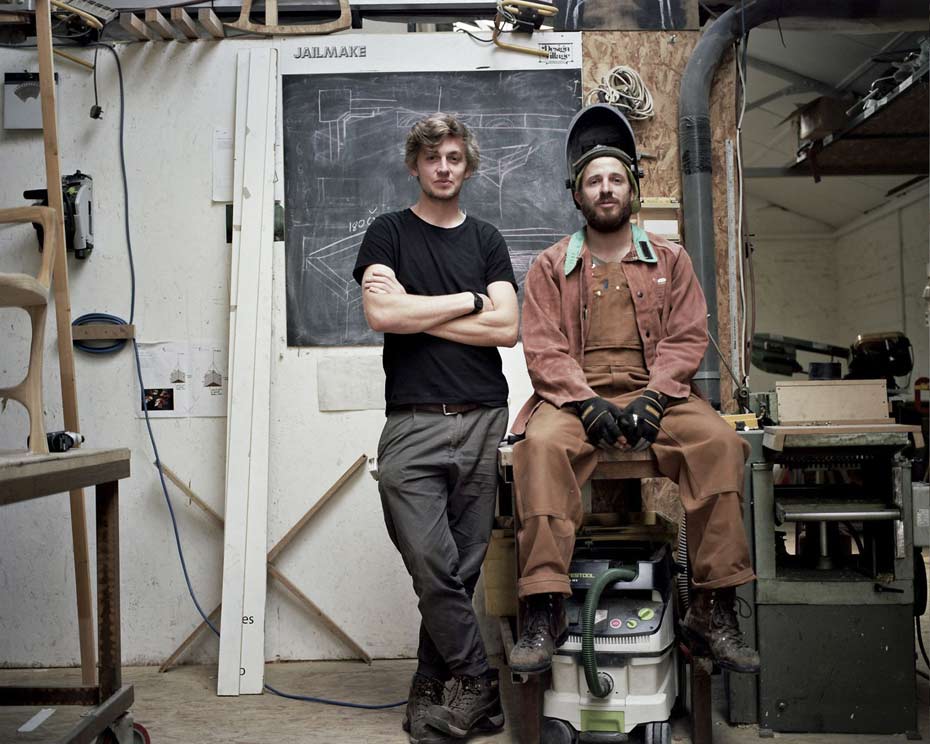
What do you think the role of the UK is within the design panorama?
The UK plays a sizeable part in the design world, however I think there is too big a window on ‘design’ in terms of fashion and ever changing trends. What is “cool design” is not always good design. As with a lot of consumer industry, the design world should be more conscious and understand that less is often more, and that there is always a space for great design. Not just tat. I think that London and the UK can play a big role in the development of quality design and reliability.
What do you think is a good example of design?
The Open Source Ecology, an amazing project set up by Marcin Jakubowski in the States, it is about creating an open-source network of the 50 machines it takes do build a functioning modern civilization, from a tractor to a PCB printer.
My favorite design objet that I own is a Swedish axe by Gränsfors Bruks, it is so well crafted and amazingly reliable, that it is always a joy to use.
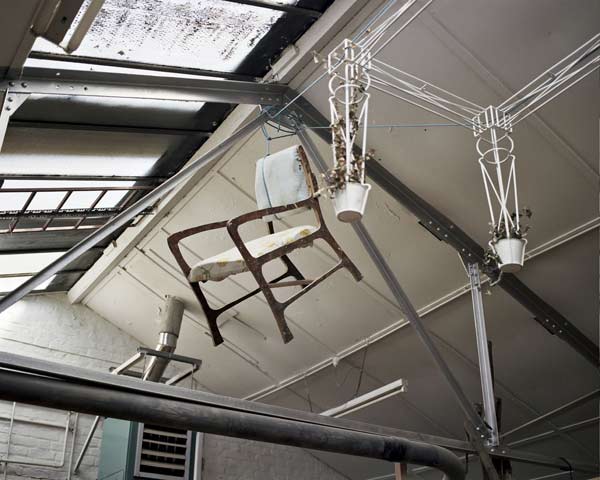
What thing has most influenced your work?
Trying to regard the city as a natural place to live.
Do you think that the future of the design lies with bespoke pieces for the few, or mass productions which allow to everybody to be closer to good design?
I think that good design is integral to the lives of the masses, however this doesn’t have to dictate by the few. The masses should not always rely on mass production. An intelligent design world is one where information and skills are shared to create design that is available all over the world, however to enhance this the system should allow for development, and modification to the designs by the end user and builder and that information able to be put back onto the open source system. So in a short answer, it is yes to both design and production for the masses, by the masses, but with adaptations to make them bespoke for the few.![]() Who is the master that most inspires your work?
Who is the master that most inspires your work?
I am not sure I have an inspirational master from the design world, and to be honest my design history is slightly lacking. However I do think that inspiration can be found in all manner of places, I am particularly interested in developments of bio-mimicry and bio mechanics, utilizing the science of the natural word to create human size systems.
In your opinion, what’s the key to design longevity, eg what makes some pieces iconic in the design world rather than just expressing the style of a season?
Simplicity is key; if a design is needlessly complex then there lies little chance of longevity. Maintenance is crucial; you can’t expect some thing to just last for ever and still be reliable.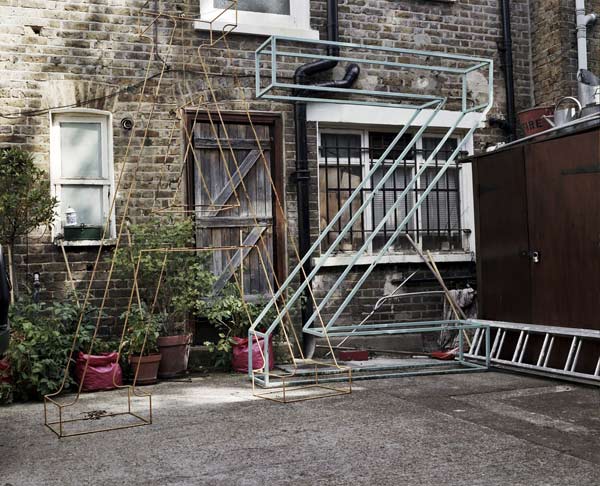
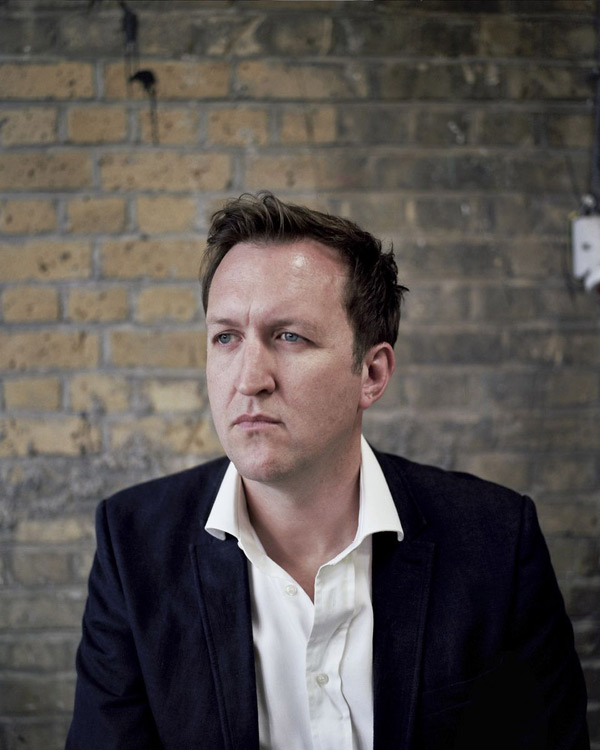
Who is the master that most inspires your work?
Mies van der Rohe, John Lautner, Richard Wilson, Andrew Holmes, James Turrell, Buckminster Fuller, Bernard Tschumi, David Greene, Dieter Rams, Louis Poulsen, Wim Wenders, Ray Bradbury…
What is the key to design longevity?
We need to design using a language or process as a means of encapsulating a worldview, thereby giving material objects meaning. Enduring design embraces beauty, ergonomics, emotion, sustainability, functionality and craft.
London Design Festival runs 14-23 September. For more information visit londondesignfestival.com[/one_third]



